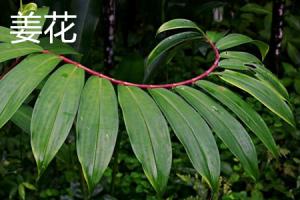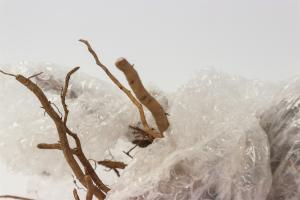How to Plant Rubber Tree in Philippines
Rubber trees, also known as rubber plants, are native to the tropical regions of Southeast Asia, including the Philippines. They produce latex, which is used to make rubber products such as tires and gloves. If you are interested in planting rubber trees in the Philippines, here are some tips to help you get started:
1. Choose the Right Location
When planting rubber trees, it is important to select a location with well-draining soil, adequate rainfall, and plenty of sunshine. The ideal temperature for rubber trees is between 27-32°C. Avoid planting in areas prone to flooding or extreme weather conditions, as these can damage the trees and affect your harvest.
2. Prepare the Soil
Before planting, make sure to prepare the soil by clearing any debris and rocks. The soil should be deep, loose, and well-draining. Farmers often use chemical fertilizers to improve soil fertility, but you can also use compost or organic matter to enhance the soil's nutrient content.
3. Propagation
Rubber trees can be propagated through either seeds or cuttings. Seeds take longer to grow and are not always readily available, so most farmers prefer to use cuttings. Cuttings should be taken from healthy, mature trees and should be around 0.5-1.5 meters long.
4. Plant the Cuttings
Once you have your cuttings, you can plant them in the prepared soil. Dig a hole that is deep enough to accommodate the entire cutting and pack the soil firmly around it. Water the newly planted cutting regularly to keep the soil moist.
5. Care and Maintenance
Proper care and maintenance are crucial for rubber tree growth and yield. Regular fertilization and pest control are essential, and pruning may be required to remove diseased or dead branches. Experts also recommend tapping the trees for latex, which involves making a small incision in the tree bark and collecting the liquid that flows out.
6. Harvesting
After about 6-7 years, your rubber trees should start producing latex. Harvesting should be done during the dry season, which typically falls between December and May in the Philippines. The latex can then be processed into different rubber products or sold as raw material.
Conclusion
Planting rubber trees in the Philippines can be a profitable venture, but it requires careful planning and maintenance. Be sure to choose the right location, prepare the soil, propagate the trees correctly, and take good care of them. With proper care and attention, your rubber trees can produce a steady income for many years to come.

 how many times do yo...
how many times do yo... how many planted tre...
how many planted tre... how many pine trees ...
how many pine trees ... how many pecan trees...
how many pecan trees... how many plants comp...
how many plants comp... how many plants can ...
how many plants can ... how many plants and ...
how many plants and ... how many pepper plan...
how many pepper plan...





























